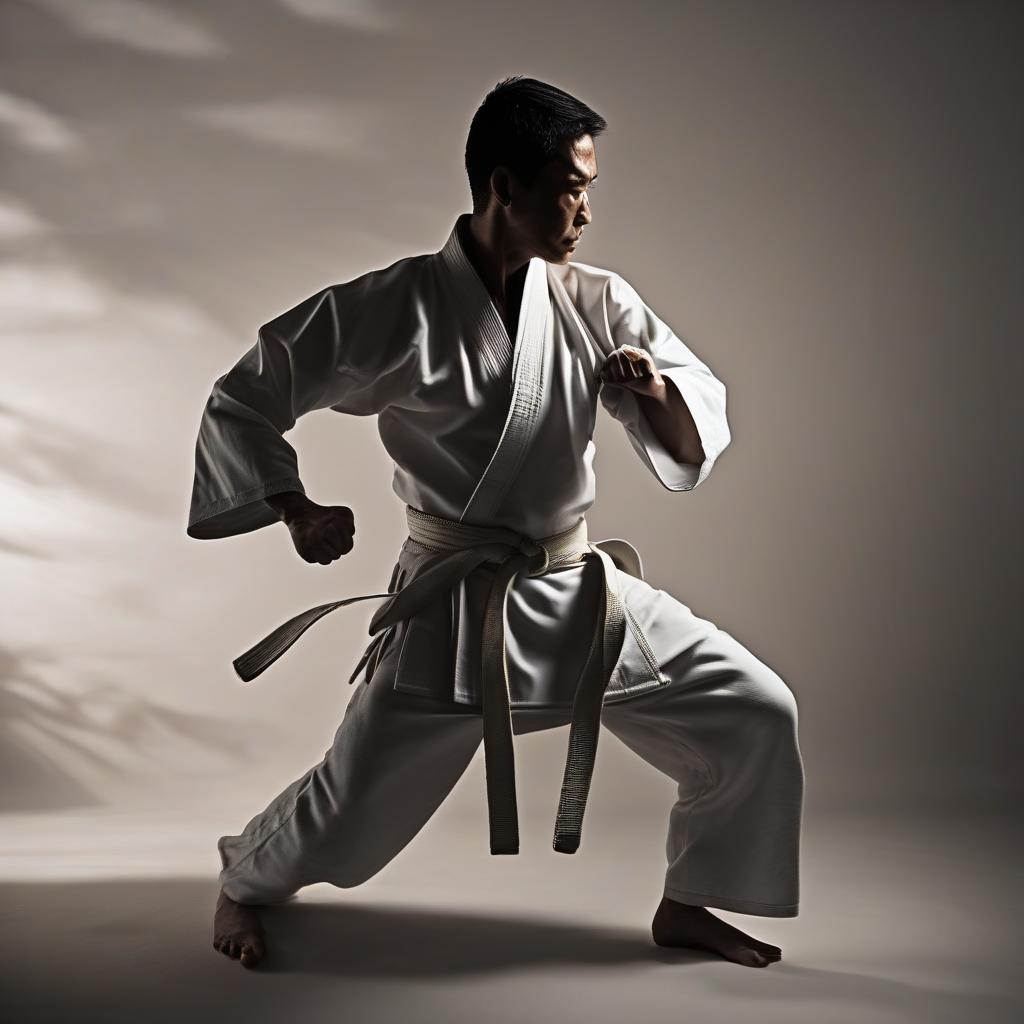When you think about fighting, what comes to mind? Is it the adrenaline-fueled clash of athletes in a boxing ring, or maybe the quiet struggle of someone facing their inner demons? Fighting is everywhere, in myriad forms, each with its own stories and intricacies. It’s not just about fists and fury; it’s about every little battle we witness or partake in, be it physical, verbal, or internal.
The Spectrum of Fighting
Fighting isn’t just about duking it out in a cage match or on some battlefield, though that’s what a lot of us imagine first. There are these subtle fights, too. Disagreements over dinner or those silent treatments that can scream louder than words. And then there’s the stuff we tussle with in our own heads.
Physical Fighting: More Than Meets the Eye
Most folks equate fighting with physical altercations. It’s raw and visible. The ancient art of combat, whether it’s in the form of martial arts, boxing, or wrestling, has always had a certain appeal. There’s this primal essence to it. You can check out more about the history and forms of fighting here. But it’s not just about throwing punches or kicks. It’s a dance of strategy and stamina, a test of endurance and will.
Martial Arts: The Graceful Combat
Ever watched a martial artist in action? It’s like poetry with a pulse. Taekwondo, Judo, Karate—they all blend discipline with defense. It’s not just about defeating the opponent but mastering oneself. Self-control and respect are as much a part of the art as the kicks and punches.
- Discipline and training are key.
- Focus is as much mental as it is physical.
- Resilience matters, both in body and mind.
Boxing: The Sweet Science
Boxers, with their footwork and jabs, showcase incredible agility. Each punch, each dodge, has been honed over countless hours in the gym. But what about the mental game? Knowing when to attack and when to hold back can be the difference between victory and defeat. It’s a calculated risk, much like life.
Verbal Fighting: Words Can Hurt
Not every fight leaves a mark you can see. Words can cut deeper than a knife. Ever had a spat with a friend or a family member? Sometimes, those arguments echo in your head long after the dust has settled. The snarky comments or passive-aggressive digs—ouch.
Verbal battles are about power and influence. Politicians, debaters, and even those fiery Facebook comment wars revolve around this. If you’re curious, there’s a deeper dive into such everyday battles here.
Conflict in Relationships
Arguments with loved ones can be the most wrenching. It’s not just about who’s right or wrong but how deeply we care. Sometimes, it’s a fight for understanding. To be heard and acknowledged. To find that middle ground where peace resides.
Internal Fighting: The Quiet Struggle
Then, we have the fights no one else sees. The ones waged inside our own minds. Anxiety, self-doubt, the ever-looming imposter syndrome. They all play their part in this internal theater of war.
The Battle with Anxiety
Some days, just getting out of bed feels like a win. Anxiety isn’t just a worry; it’s a constant companion for many. It’s those what-ifs and the fear of the unknown. Yet, with support and coping mechanisms, many find ways to keep moving forward.
Self-Doubt: The Silent Challenger
Ever feel like you’re not enough? That creeping doubt that whispers you’re not cut out for this? It can be paralyzing. But finding that inner voice that tells you to push on? That’s a fight worth having.
The Impact of Fighting on Society
Fighting, in its many forms, has shaped cultures, societies, and history. Consider how wars have redrawn maps and changed power dynamics. Conflict resolution has become an essential skill in our interconnected world. The BBC has a fascinating piece on global conflicts and their implications here.
| Type of Fighting | Impact |
|---|---|
| Physical | Shapes sports and entertainment, impacts personal safety. |
| Verbal | Influences relationships, politics, and public opinion. |
| Internal | Affects mental health, personal growth, and resilience. |
Why We Fight
So, why do we fight? For survival, for pride, for justice? Sometimes, it’s a knee-jerk reaction, a response to an immediate threat. Other times, it’s a more calculated decision. The reasons are as varied as the individuals themselves. We fight for what we believe in. For what we love. To make a point or to protect something precious.
Fighting, despite its seemingly negative connotations, can also be a force for good. It can drive change, challenge the status quo, and even foster camaraderie and understanding when managed well.
FAQs
- Why do some people enjoy watching or participating in physical fights?
Some find the strategic and athletic elements compelling, while others appreciate the adrenaline rush and the test of skill and strength. - How can verbal fighting be constructive?
When done respectfully, it can lead to better understanding and solutions, fostering dialogue and growth in relationships. - Can fighting be positive?
Yes, it can drive necessary change and development, both personally and socially, when focused on constructive outcomes. - What’s the best way to handle internal fights?
Reaching out for support, whether through therapy, friends, or self-help resources, can be crucial in navigating personal challenges. - How does society view fighting?
Views vary widely. While some see it as a necessary evil, others view it as an inevitable part of human interaction that can have both positive and negative consequences.
And there it is. The many facets of fighting, from the noisy to the silent. Whether it’s sparking change or just a part of everyday life, it’s a topic that keeps us on our toes, reminding us of the battles we choose and those thrust upon us. So, what’s your fight? What battles are you choosing today?

